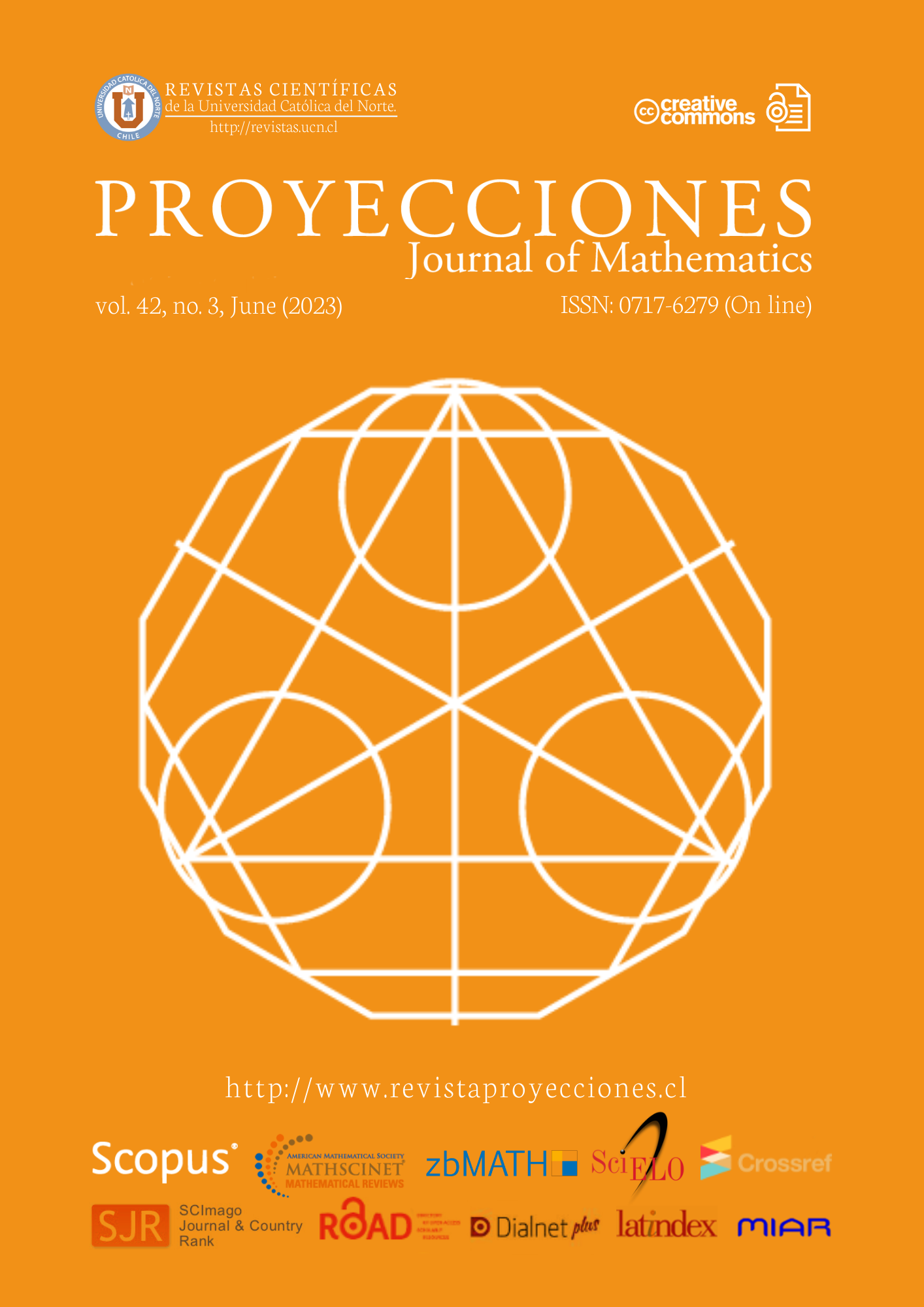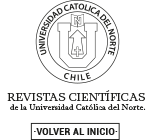Quasi-k-normal ring
DOI:
https://doi.org/10.22199/issn.0717-6279-4849Keywords:
Abelian rings, quasi-k-normal rings, Π-regular ringsAbstract
In [4] Wei and Libin defined Quasi normal ring. In this paper we attempt to define Quasi-k-normal ring by using the action of k-potent element. A ring is called Quasi-k-normal ring if ae = 0 ⇒ eaRe = 0 for a ∈ N(R)and e ∈ K(R), where K(R) = {e ∈ R|ek = e}. Several analogous results give in [4] is defined here. we find here that a ring is quasi-k-normal if and only if eR(1 − ek−1)Re = 0 for each e ∈ K(R). Also we get a ring is quasi-k-normal ring if and only if Tn(R, R) is quasi-k-normal ring.
References
J. Han, Y. Lee and S. Park, “Structure of abelian rings”, Frontiers of Mathematics in China, vol. 12, pp. 117-134, 2016. https://doi.org/10.1007/s11464-016-0586-z
D. Mosi, “Characterizations of k-potent elements in rings”, Annali di Matematica Pura ed Applicata, vol. 194, pp. 1157-1168, 2014. https://doi.org/10.1007/s10231-014-0415-5
M. M. Parmenter and P. N. Stewart, “Normal rings and local ideals”, Mathematica Scandinavica, vol. 60, 1987.
J. Wei and L. Li, “Quasi-normal rings”, Communications in Algebra, vol. 38, no. 5, pp. 1855-1868, 2010. https://doi.org/10.1080/00927871003703943
Published
How to Cite
Issue
Section
Copyright (c) 2023 Kumar Napoleon Deka, Helen K. Saikia

This work is licensed under a Creative Commons Attribution 4.0 International License.
-
Attribution — You must give appropriate credit, provide a link to the license, and indicate if changes were made. You may do so in any reasonable manner, but not in any way that suggests the licensor endorses you or your use.
- No additional restrictions — You may not apply legal terms or technological measures that legally restrict others from doing anything the license permits.












